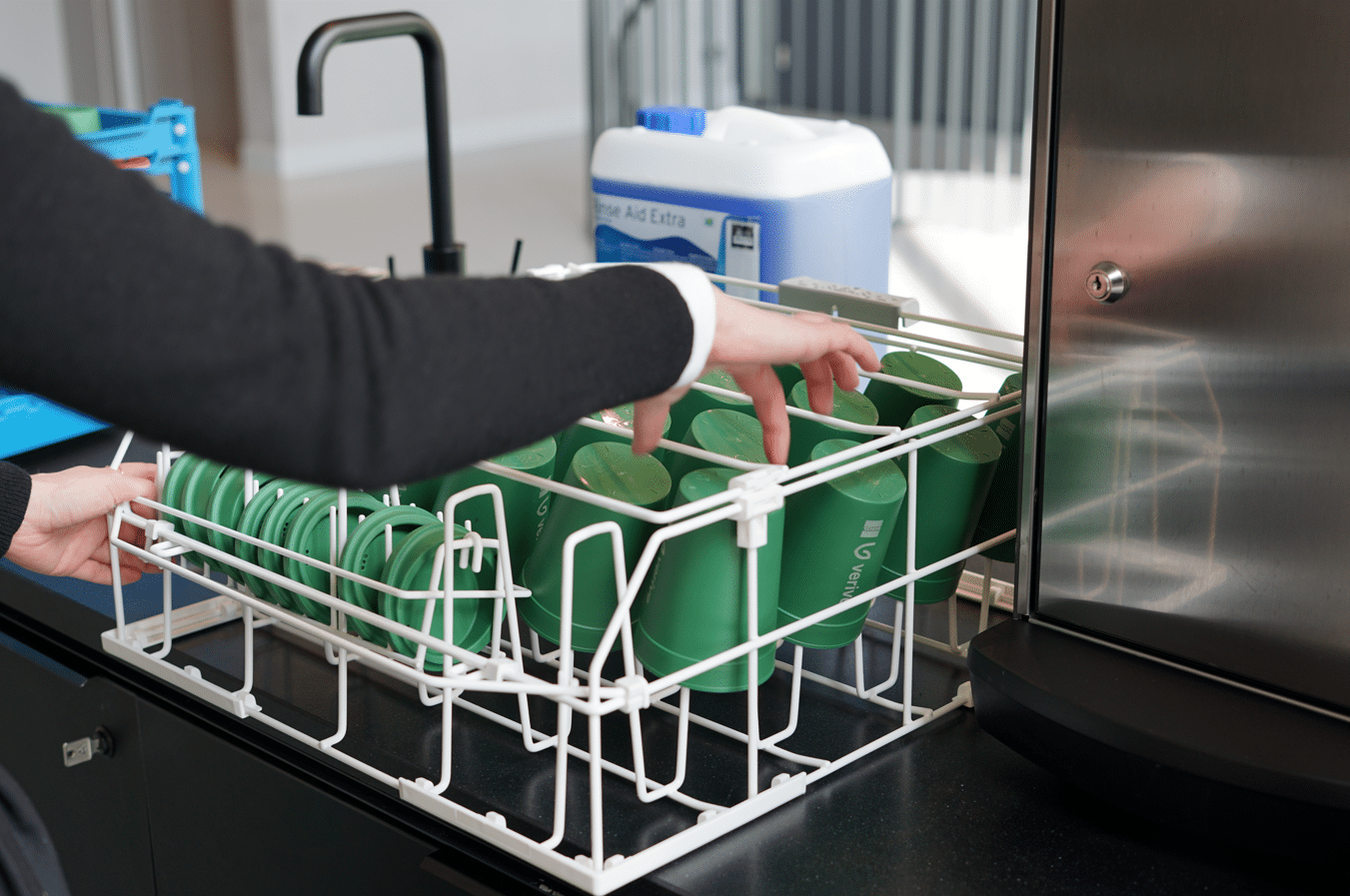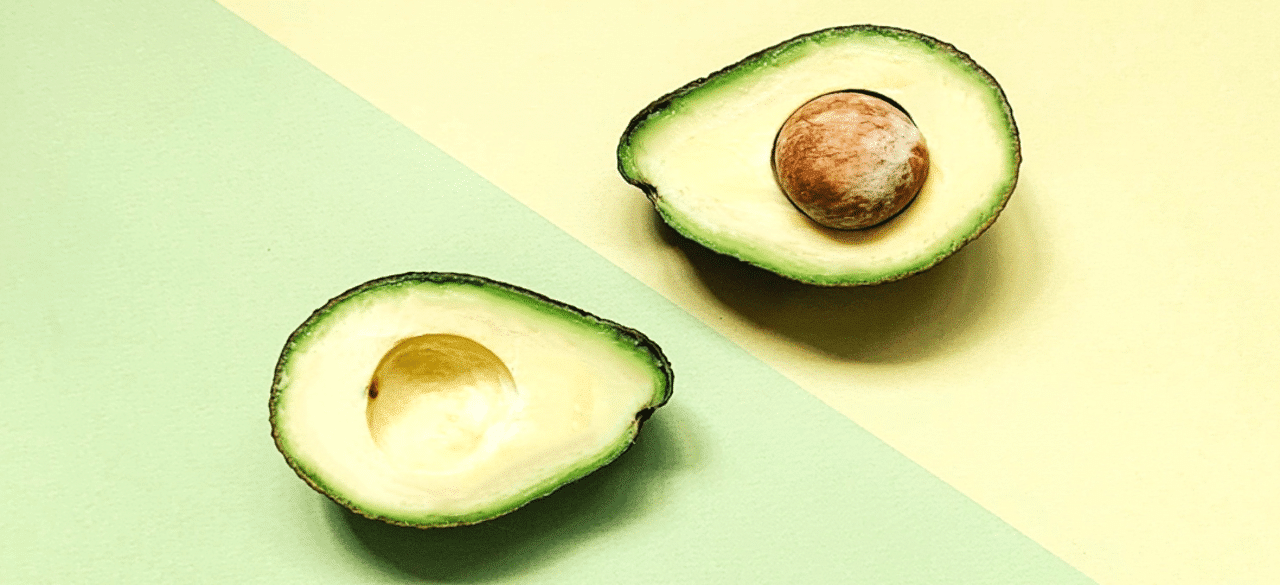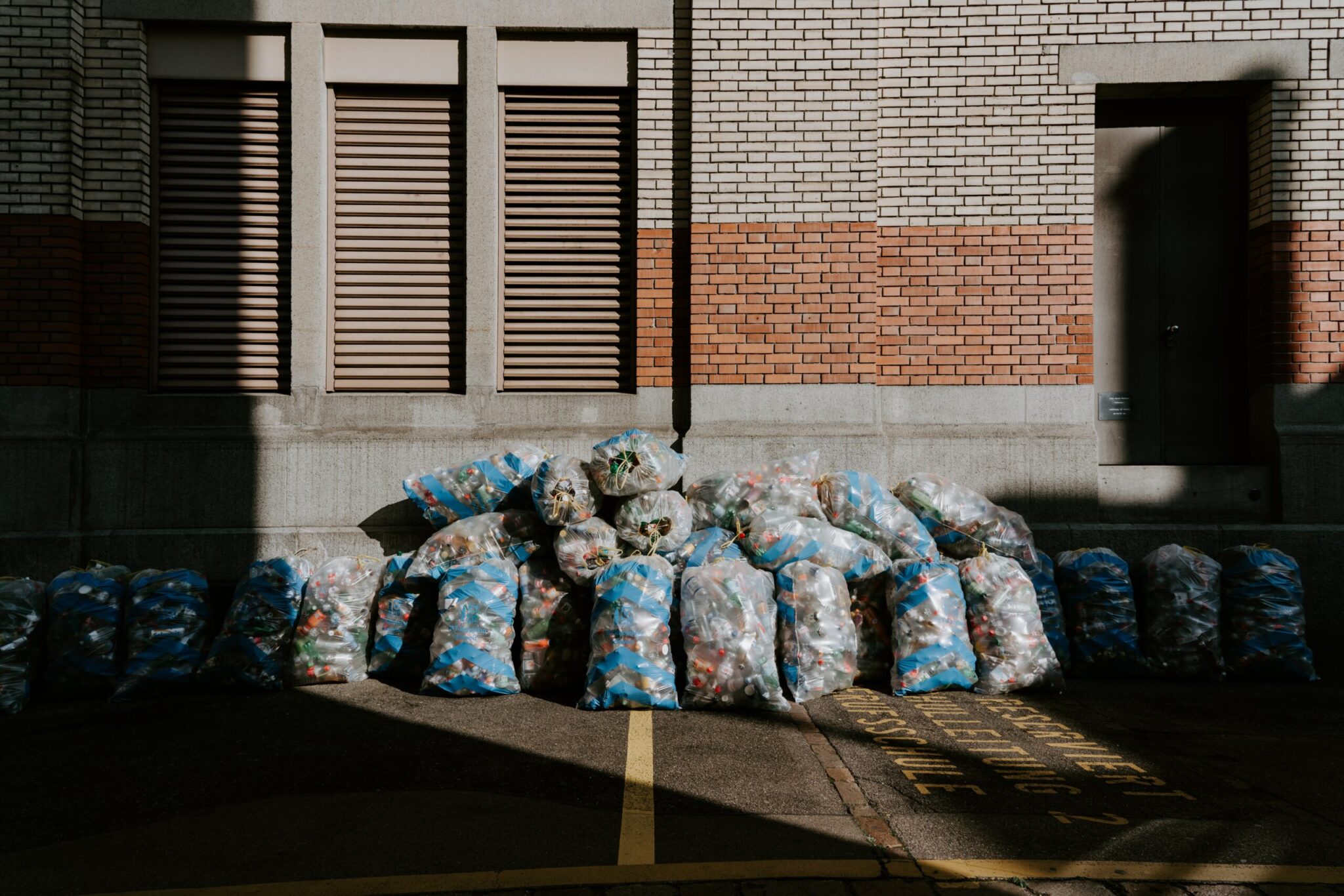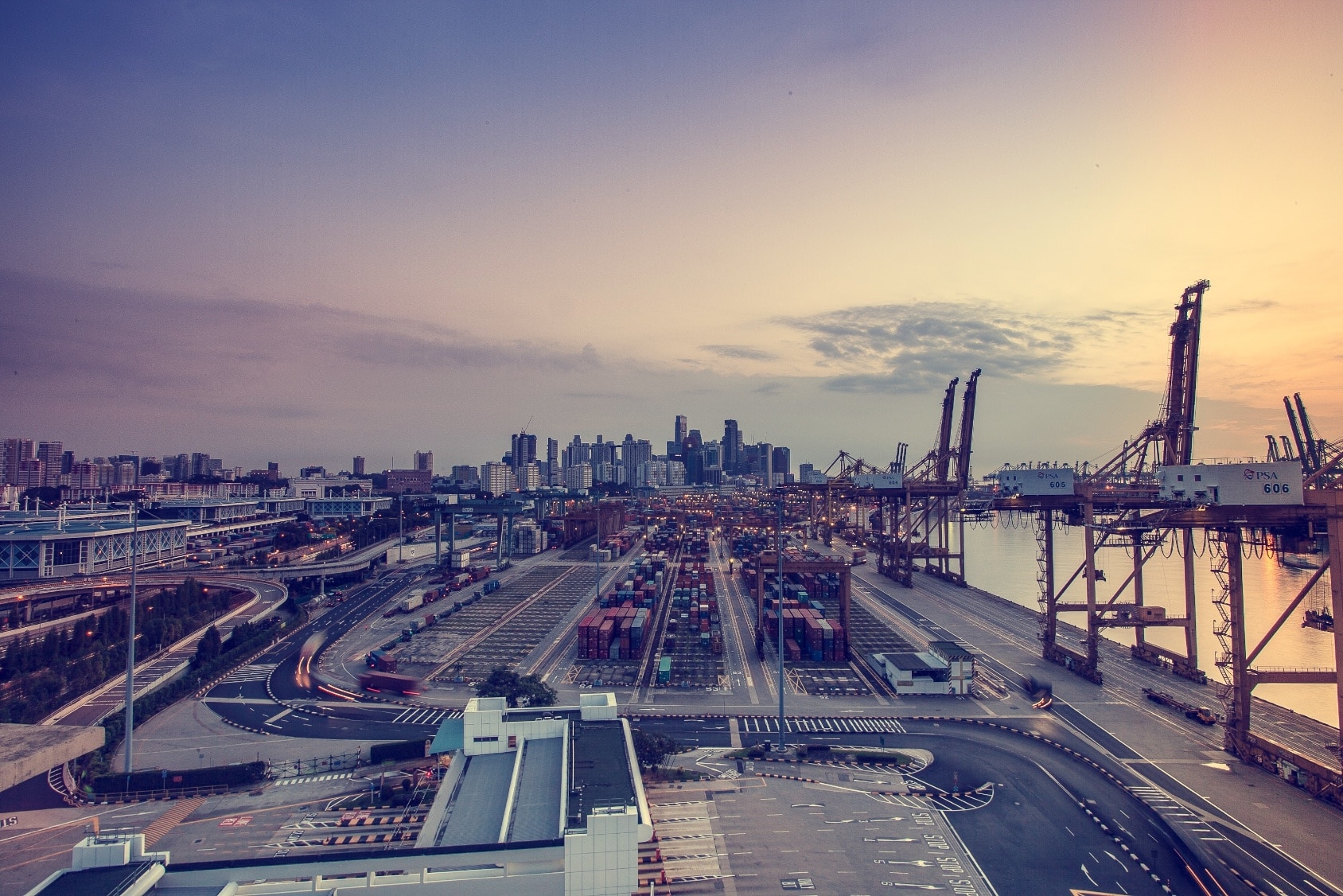About this article
PFAS, PFOA… terms like these are mentioned a lot in relation to the safety of food packaging, but what do they actually mean? And what do they mean for human health?
What is PFOA?
The abbreviation PFOA stands for perfluorooctanoic acid. It belongs within the family of perfluoroalkyl and polyfluoroalkyl substances (PFASs). These are man-made, chemical substances that do not naturally occur in the environment. PFOA is also known as C8, and has been historically used in a range of consumer and industrial applications, such as non-stick pans and grease-proof packaging.
PFOA is an artificially-created chemical, developed in the 1940s. It’s a so-called ‘forever chemical’ because of the way it accumulates and persists in humans and the environment. Due to its use on a mass scale over decades, most people are believed to have PFOA in their blood. In one study over 90% of Americans were found to have trace amounts. However, the levels found in the general population are not believed to pose a high risk.
Over 90% of Americans were found to have trace amounts in their blood
Why was PFOA used in consumer products?
PFOA actually belongs to a group of around five-thousand artificially-created chemicals known as PFAS—which stands for Per- and Poly- Fluorinated Alkylated Substances. PFAS have special properties that make them highly useful in a wide range of applications. Principally, they are resistant to water, grease, oil, heat and fire, and difficult to break down. They were developed and used at scale from the 1940s and have been used in consumer products including clothing, footwear, cookware, and food packaging, and in items like waxes, polishes, paint, and protective sprays.
They’ve also been widely used in industrial processes and products, such as firefighting foam, film processing, oil drilling, mining, metal plating, aviation fluid, semiconductors, cleaners and sealant.
What are the health risks associated with PFOA?
The complete answer to the question ‘what are the health risks of PFOA?’ is still being investigated. Much more research on the impact on PFOA has been conducted in the last twenty years, than the decades before the 2000s. The epidemiological research in humans, as well as animal studies, indicates that it is associated with a number of negative health outcomes.
Evidence suggests that increased exposure to PFOA raises the risk of liver damage, thyroid disease, asthma, and pregnancy-induced hypertension, increases cholesterol, decreases fertility, and can result in decreases in birth weight.
PFAO is linked to increases in cancers
PFOA is potentially carcinogenic to humans according to the International Agency for Research on Cancer (IARC 2017). PFOA is linked to increases in testicular and kidney cancer, as well as potentially playing a role in both pancreatic and breast cancer.
PFOA is thought to have a half-life of around eight years in humans, meaning the quantity in the body halves over that period of time. Therefore, it persists in humans on the scale of years depending on the level of exposure.

Studies of exposure to PFOA
Studies look across a range of exposure groups, including workers exposed as part of their job, communities living nearby facilities handling PFOA and with PFOA in drinking water, and the general population. For comparison, where workers were found to have levels around 1,000 ng/mL, those in the general population had just 3.92 ng/mL. The lower levels found in the general population are not believed to pose a significant risk
The evidence points to impacts on multiple systems and processes in the body. Namely, impacts leading to hepatic, cardiovascular, endocrine, immune, reproductive, and developmental effects.
Is PFOA banned in Europe?
The EU has recently classified PFOA as both carcinogenic, and reprotoxic—which means toxic to reproduction. In 2019, the UN Stockholm Convention–to which the EU belongs–agreed a global ban with some exemptions. Following a 2019 public consultation, the EU amended its regulation on Persistent Organic Pollutants (POPs) to reduce the levels used.
These restrictions mainly refer to specified limit levels. The limit for PFOA present in articles, such as packaging, must be lower than 0.0000025% by weight (0.025mg/kg). This is believed to be below harmful levels and, in effect, bans the use of PFOA in packaging.
How is PFOA being used now?
One of the uses of PFOA has been in paper and fibre-based packaging. At Verive, our suppliers are audited to ensure they adhere with all pertinent regulations for this purpose. If you have questions on this topic, please feel free to get in touch with our team of sustainability experts who will be happy to provide advice.
What is the PFOA ban in Europe?
In 2013, PFOA was included in the candidate list of ‘Substances of Very High Concern’, and its use was regulated under the Registration, Evaluation, Authorisation and Restriction of Chemicals (REACH) regulations.
In 2020, the European Commission adopted stricter laws regarding the ban of PFOA, its salts and PFOA-related compounds.
Following a public consultation, the concentration limits permissible in products and in manufacturing were significantly revised following more recent scientific advice.
The updated REACH regulations specify that PFOA shall not be manufactured, or placed on the market, to take effect from 4th July 2020.
The new restrictions state that concentration limits must be below 0.0000025% by weight, including PFOA or any of its salts. Any PFOA-related compounds, meanwhile, must be at a limit of 0.0001% by weight (1mg/kg).
The European Food Safety Authority (EFSA) has also more recently revised their safety guidance on PFOA. In 2008, the stated daily tolerable intake was 1,500 nanograms per kilogram of body weight. In 2018, following more recent evidence, this was revised to only 6 nanograms, per week.

What can you do to ensure your packaging is PFOA-safe?
As PFOA has been historically used in paper and fibre-based food packaging products, it’s important to ensure your packaging suppliers avoid the use of these chemicals and adhere to the safety regulations in place. Read more about choosing sustainable packaging
At Verive we work closely with suppliers around the world to ensure they meet stringent internationally recognised environmental and quality standards. We have an in-house assurance and quality control team based in Shanghai who perform audits of our direct suppliers across Asia, for this purpose. As a part of this we ensure that PFOA is not used in the production of any of our packaging. Read more about our responsible sourcing practices.
We are happy to help
Do you want to know more about this subject and how Verive is handling PFOA? Get in touch with our sustainability experts. We’d be happy to answer your questions.








